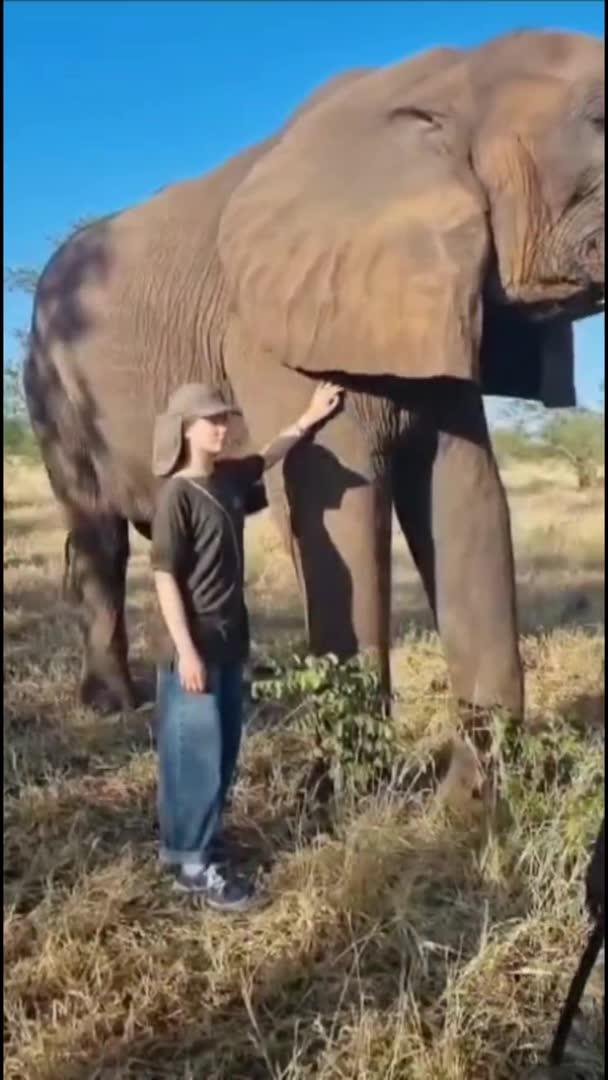
Hunting in Moxico, Angola: Wildlife, Hunting Methods, Landscape, Cultural Insights, Traditions and Associations The vast and untamed wilderness of Moxico, Angola, offers some of Africa’s most thrilling hunting experiences. With its diverse ecosystems, abundant wildlife, and rich cultural traditions, this region attracts hunters seeking both challenge and adventure. From dense woodlands to sprawling savannas, Moxico’s landscapes provide an ideal habitat for a variety of game species, making it a prime destination for those who pursue the sport with passion. Geography and Natural Features for Hunting Moxico, Angola’s largest province, boasts a mix of dense miombo woodlands, open grasslands, and seasonal floodplains. The region’s terrain varies from rolling hills to riverine forests, creating a dynamic environment for hunting. The Luena and Luau rivers enhance biodiversity, supporting large populations of game. The area’s remoteness ensures minimal human interference, allowing wi
Post: 29 July 11:43
















































